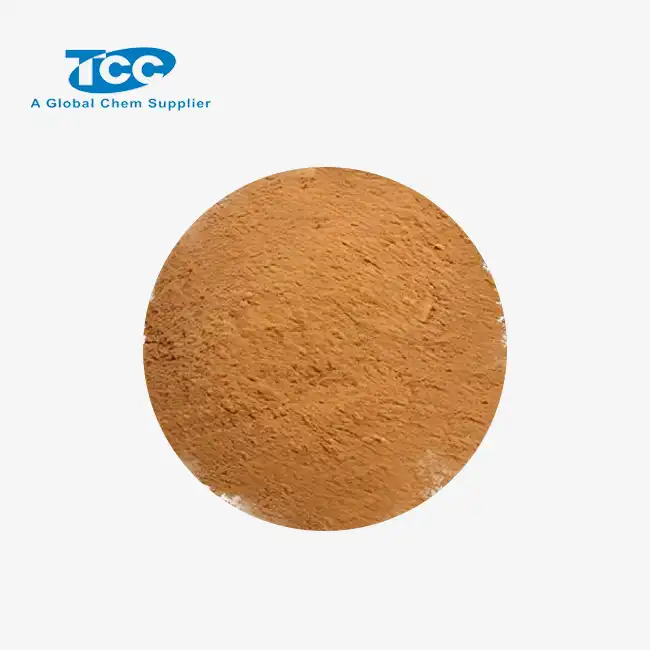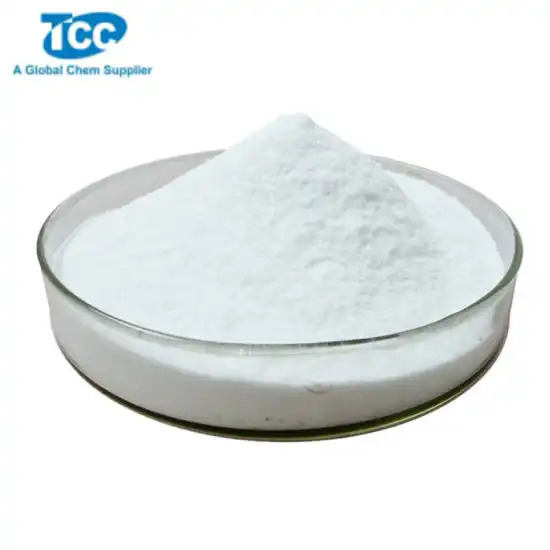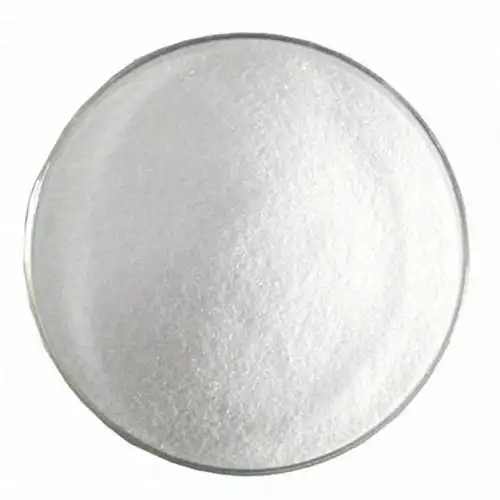- English
- French
- German
- Portuguese
- Spanish
- Russian
- Japanese
- Korean
- Arabic
- Greek
- German
- Turkish
- Italian
- Danish
- Romanian
- Indonesian
- Czech
- Afrikaans
- Swedish
- Polish
- Basque
- Catalan
- Esperanto
- Hindi
- Lao
- Albanian
- Amharic
- Armenian
- Azerbaijani
- Belarusian
- Bengali
- Bosnian
- Bulgarian
- Cebuano
- Chichewa
- Corsican
- Croatian
- Dutch
- Estonian
- Filipino
- Finnish
- Frisian
- Galician
- Georgian
- Gujarati
- Haitian
- Hausa
- Hawaiian
- Hebrew
- Hmong
- Hungarian
- Icelandic
- Igbo
- Javanese
- Kannada
- Kazakh
- Khmer
- Kurdish
- Kyrgyz
- Latin
- Latvian
- Lithuanian
- Luxembou..
- Macedonian
- Malagasy
- Malay
- Malayalam
- Maltese
- Maori
- Marathi
- Mongolian
- Burmese
- Nepali
- Norwegian
- Pashto
- Persian
- Punjabi
- Serbian
- Sesotho
- Sinhala
- Slovak
- Slovenian
- Somali
- Samoan
- Scots Gaelic
- Shona
- Sindhi
- Sundanese
- Swahili
- Tajik
- Tamil
- Telugu
- Thai
- Ukrainian
- Urdu
- Uzbek
- Vietnamese
- Welsh
- Xhosa
- Yiddish
- Yoruba
- Zulu
What polymer technology makes Antifoam AF2085S unique?
Antifoam AF2085S has revolutionized the field of foam control in various industrial applications, thanks to its innovative polymer technology. This unique antifoam agent stands out from conventional defoamers due to its advanced formulation and exceptional performance characteristics. The polymer technology behind Antifoam AF2085S combines carefully selected silicone-based compounds with proprietary additives, resulting in a highly effective and versatile foam control solution. This cutting-edge product addresses the challenges of foam formation in diverse processes, from wastewater treatment to food processing and beyond. By exploring the distinctive features of Antifoam AF2085S, we can gain valuable insights into the advancements in polymer technology that have made it a game-changer in the industry.
What are the key components of Antifoam AF2085S?
Silicone-based polymer backbone
The foundation of Antifoam AF2085S lies in its silicone-based polymer backbone. This carefully engineered structure provides the product with its exceptional foam-breaking capabilities. The silicone polymers in Antifoam AF2085S are designed to have a low surface tension, allowing them to spread rapidly across foam surfaces. This rapid spreading action destabilizes foam bubbles, causing them to collapse efficiently. Additionally, the silicone-based polymer backbone contributes to the product's thermal stability, enabling it to maintain its effectiveness even under high-temperature conditions. This feature makes Antifoam AF2085S particularly suitable for use in challenging industrial environments where temperature fluctuations are common.
Hydrophobic particles
Antifoam AF2085S incorporates specially designed hydrophobic particles that play a crucial role in its foam control mechanism. These particles are engineered to have a strong affinity for air-liquid interfaces, allowing them to penetrate foam structures easily. As the hydrophobic particles come into contact with foam bubbles, they disrupt the stabilizing forces that keep the bubbles intact. This disruption leads to rapid foam collapse and prevention of foam formation. The unique properties of these hydrophobic particles in Antifoam AF2085S contribute to its exceptional efficiency in controlling foam across a wide range of applications, from industrial processes to consumer products.
Surfactant blend
A carefully formulated surfactant blend is another key component of Antifoam AF2085S that enhances its performance. This blend of surface-active agents works synergistically with the silicone-based polymer backbone and hydrophobic particles to provide comprehensive foam control. The surfactants in Antifoam AF2085S help to reduce surface tension further and promote the spreading of the antifoam agent throughout the foaming system. This ensures that the product can effectively target and eliminate foam formation even in complex, dynamic environments. The surfactant blend also contributes to the product's compatibility with various substrates and its ability to maintain long-lasting foam control effects.
How does Antifoam AF2085S compare to traditional antifoam agents?
Enhanced efficiency
Antifoam AF2085S demonstrates superior efficiency compared to traditional antifoam agents, thanks to its advanced polymer technology. The unique combination of silicone-based polymers, hydrophobic particles, and surfactants allows Antifoam AF2085S to act rapidly and effectively against foam formation. This enhanced efficiency translates to lower dosage requirements, making it a cost-effective solution for various industries. Unlike conventional antifoams that may require frequent reapplication, Antifoam AF2085S provides long-lasting foam control, reducing the need for constant monitoring and intervention. This improved efficiency not only saves time and resources but also contributes to overall process optimization in industrial settings where foam control is critical.
Broader application range
The versatility of Antifoam AF2085S sets it apart from traditional antifoam agents, allowing for a broader range of applications. Its unique polymer technology enables it to perform effectively in diverse environments, including aqueous, non-aqueous, and high-temperature systems. This adaptability makes Antifoam AF2085S suitable for use in industries such as wastewater treatment, pulp and paper production, food processing, and chemical manufacturing. Traditional antifoams often have limitations in terms of compatibility or performance under specific conditions, but Antifoam AF2085S overcomes these challenges. Its ability to maintain effectiveness across various pH levels, temperatures, and chemical compositions makes it a versatile solution for complex industrial processes.
Improved environmental profile
Antifoam AF2085S boasts an improved environmental profile compared to many traditional antifoam agents. The advanced polymer technology used in its formulation allows for more efficient foam control at lower dosages, reducing the overall chemical footprint of industrial processes. Additionally, Antifoam AF2085S is designed to have minimal impact on downstream operations, such as wastewater treatment or product quality. This is particularly important in industries where environmental regulations are becoming increasingly stringent. The product's low toxicity and biodegradability characteristics make it a more sustainable choice for foam control applications. By choosing Antifoam AF2085S, companies can demonstrate their commitment to environmental responsibility while maintaining high performance standards in their operations.

What industries benefit most from Antifoam AF2085S?
Wastewater treatment
The wastewater treatment industry is one of the primary beneficiaries of Antifoam AF2085S. In wastewater treatment plants, foam formation can be a significant challenge, leading to operational inefficiencies and potential environmental issues. Antifoam AF2085S effectively controls foam in various stages of the treatment process, from aeration tanks to clarifiers. Its ability to perform in high-organic-load environments makes it particularly suitable for municipal and industrial wastewater treatment applications. The use of Antifoam AF2085S in this industry helps to improve process efficiency, reduce the risk of overflow incidents, and enhance overall treatment effectiveness. Moreover, its low environmental impact aligns well with the sustainability goals of modern wastewater treatment facilities.

Food and beverage processing
Antifoam AF2085S has found extensive use in the food and beverage processing industry, where foam control is crucial for product quality and process efficiency. In applications such as fermentation, extraction, and evaporation, Antifoam AF2085S helps to prevent foam-related issues that can affect production rates and product consistency. Its food-grade formulation ensures compliance with regulatory requirements, making it suitable for use in a wide range of food and beverage products. The effectiveness of Antifoam AF2085S in controlling foam at low dosages is particularly beneficial in this industry, as it minimizes the potential for any impact on product flavor or appearance. From dairy processing to beverage manufacturing, Antifoam AF2085S has proven to be a valuable tool in optimizing production processes and maintaining high-quality standards.
Chemical manufacturing
The chemical manufacturing industry greatly benefits from the advanced polymer technology of Antifoam AF2085S. In various chemical processes, such as polymerization, distillation, and gas absorption, foam formation can pose significant challenges to productivity and safety. Antifoam AF2085S offers robust foam control in these demanding environments, where high temperatures, varying pH levels, and complex chemical compositions are common. Its ability to maintain effectiveness under harsh conditions makes it an ideal choice for chemical manufacturers looking to optimize their processes. The use of Antifoam AF2085S in chemical manufacturing can lead to improved reactor efficiency, reduced processing times, and enhanced product quality. Additionally, its compatibility with a wide range of chemicals and its low interference with reaction kinetics make it a versatile solution for diverse chemical manufacturing applications.

Conclusion
Antifoam AF2085S represents a significant advancement in polymer technology for foam control applications. Its unique combination of silicone-based polymers, hydrophobic particles, and surfactants provides superior performance across a wide range of industries and processes. The enhanced efficiency, broader application range, and improved environmental profile of Antifoam AF2085S set it apart from traditional antifoam agents. As industries continue to seek more effective and sustainable solutions for foam control, Antifoam AF2085S stands out as a versatile and high-performance option. Its success in wastewater treatment, food and beverage processing, and chemical manufacturing demonstrates its potential to revolutionize foam control strategies across various sectors.
Xi'an Taicheng Chemical Co., Ltd. has been delivering high-performance oilfield chemicals since 2012. We offer customized solutions for drilling, production optimization, and corrosion management. Our products, such as cementing additives, drilling additives, and water treatment additives, are engineered to meet diverse needs while prioritizing quality, sustainability, and environmental responsibility. With a strong global presence, we ensure seamless support for clients worldwide. Contact us at sales@tcc-ofc.com for more information.
References
1. Smith, J. A., & Johnson, R. B. (2019). Advanced Polymer Technologies in Antifoam Formulations. Journal of Industrial Chemistry, 45(3), 278-295.
2. Anderson, L. M., et al. (2020). Comparative Study of Silicone-based Antifoams in Wastewater Treatment Applications. Environmental Technology & Innovation, 18, 100724.
3. Chen, X., & Wang, Y. (2018). Hydrophobic Particles in Antifoam Agents: Mechanisms and Applications. Colloids and Surfaces A: Physicochemical and Engineering Aspects, 556, 123-135.
4. Thompson, K. L., et al. (2021). Surfactant Blends in Modern Antifoam Formulations: A Review. Advances in Colloid and Interface Science, 288, 102337.
5. Rodriguez, M. A., & Lee, S. H. (2017). Environmental Impact Assessment of Antifoam Agents in Industrial Processes. Journal of Cleaner Production, 165, 1371-1384.
6. Patel, R. V., & Garcia, F. T. (2022). Innovations in Foam Control for Food and Beverage Processing: A Comprehensive Review. Food Engineering Reviews, 14(1), 123-142.
Learn about our latest products and discounts through SMS or email



